| 结构式 | 名称/CAS号 | 全部文献 |
|---|---|---|
 |
二甲基亚砜
CAS:67-68-5 |
|
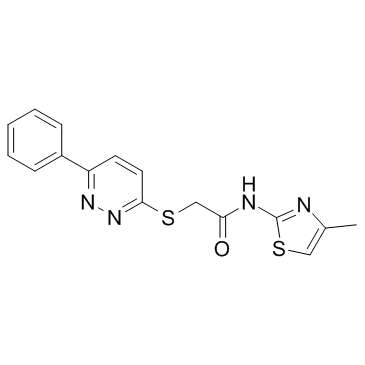 |
VU 0240551
CAS:893990-34-6 |
|
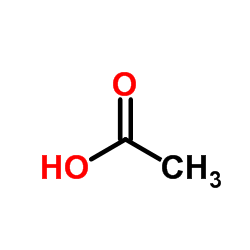 |
冰醋酸
CAS:64-19-7 |
|
 |
士的宁
CAS:57-24-9 |
|
 |
乙酸-12C2
CAS:1173022-32-6 |
|
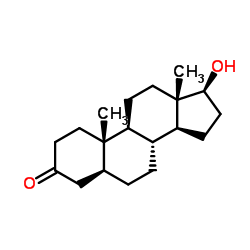 |
雄诺龙
CAS:521-18-6 |
|
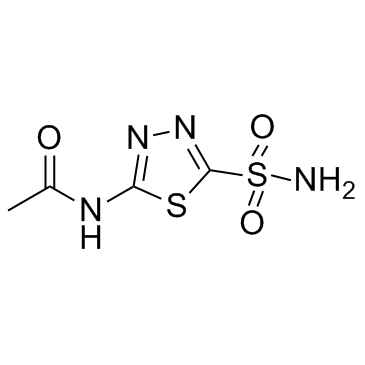 |
乙酰唑胺
CAS:59-66-5 |
|
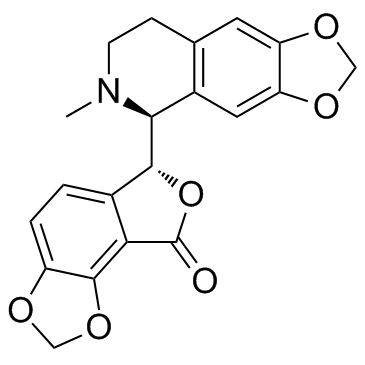 |
(+)-荷包牡丹碱; 右旋荷包牡丹碱; 毕枯枯林; 山乌龟碱
CAS:485-49-4 |
|
 |
8-辛酰氧基芘-1,3,6-三磺酸三钠盐
CAS:115787-84-3 |